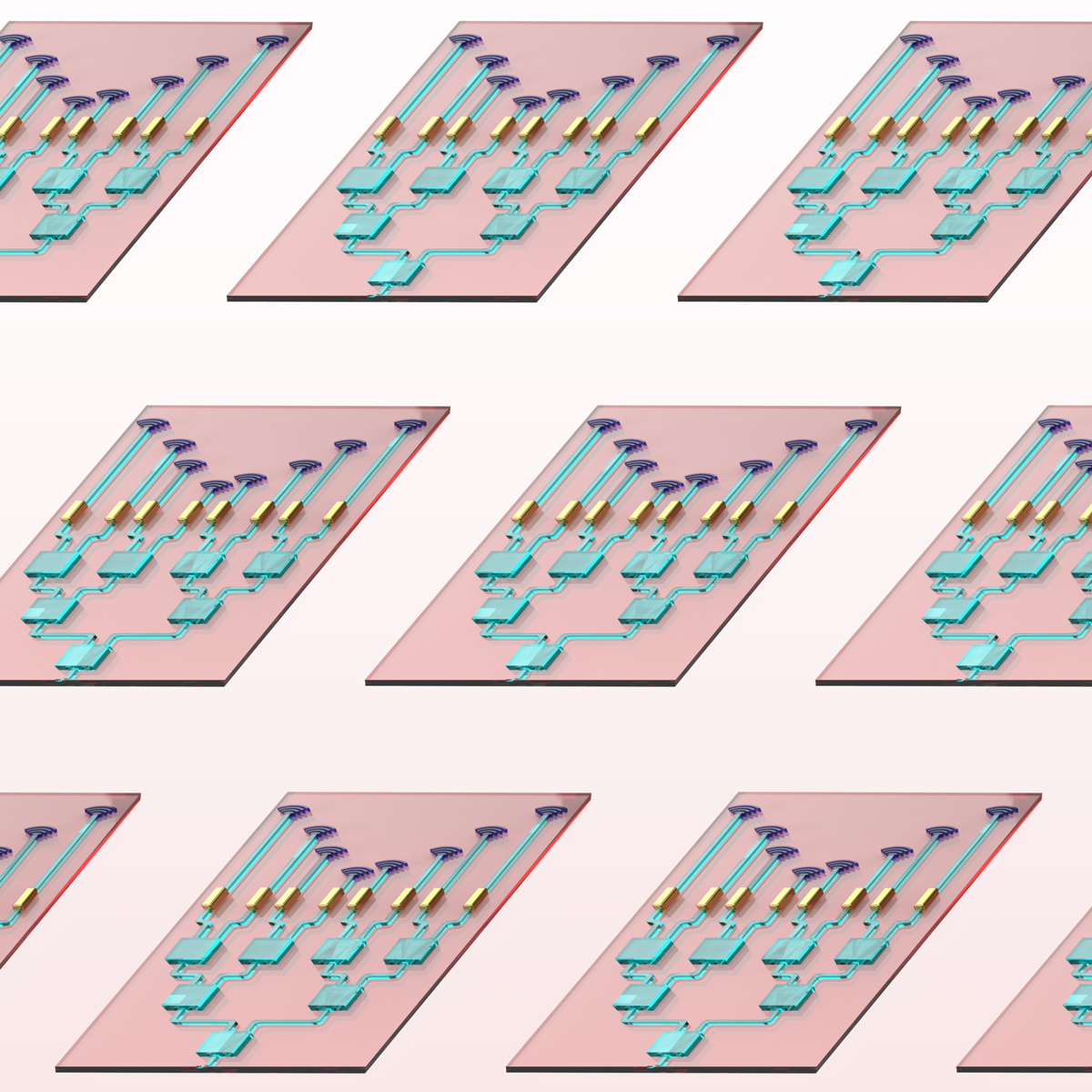As society’s appetite for power-hungry data processing continues to grow, the need for energy-efficient but increasingly powerful computing solutions becomes ever more urgent. Photonic computing, or optical computing, presents an exciting solution by offering dramatically enhanced sustainability and low latency compute.
Through the power of light, photonics has transformative potential for multiple fields across optical beamforming, free space optical communication, medical device innovation and beyond. But for this article, we’re focusing on how photonics can enable next-generation, energy-efficient data centres integrated with quantum for far-reaching impact across the technological landscape.
Why do we need photonic computing?
Compute systems based solely on electronics are increasingly reaching their limits. The rising demands of artificial intelligence (AI) and increasingly complex computing systems has intensified the development of new routes to high-performance computation.
Here, photonic computing offers a compelling solution, replacing electrons with photons across all or part of the computing system to process and store data through light waves. Since photons can process at the speed of light, photonic compute offers minimal latency and a 10-50x bandwidth improvement over traditional computing. It also has the potential to give a tenfold increase in energy efficiency as it can increase processing power without increasing the power usually associated with higher clock frequency. As we strive to meet net zero sustainability goals, all of these capabilities will be invaluable.
Photonics has already formed the backbone of the modern internet through lasers and optical fibres, creating long-haul links across the globe and fibre-to-the-home for faster home internet. More recently, it has been deployed as backplane technology linking high-performance computing systems. Even so, the ultimate vision for photonic compute is yet to be fully realised – but for whoever successfully unlocks this vision, the results will be game changing.
Photonics and the future of computing
Ultimately, we see photonics having three main impacts within the future of computing.
The first and most mature area will be the integral use of photonics in data centres. Here, photonics will no longer act simply as fibre links but as part of the photonic computing architecture through co-packaged optics, photonic interposers and high-speed optical switches. This will not completely replace electrical processing units, but will create a symbiotic compute system of photonic-electronic integrated circuits.
The second will be its use for quantum computing, with photonics playing a key role in providing control, networking and interconnection of qubits for scaling up quantum computing.
And thirdly, the holy grail of photonic computing will be to use photons to perform the computation part of compute.
But for now, let’s focus our attention on the areas that we are already working towards at CC: sustainable data centres and quantum computing innovation.
Photonic compute deep tech applications
Energy efficient data centres
Our immediate focus at CC is on exploring how photonics can enable the next generation of energy efficient data centres for the deployment of massive AI models, such as the large-language models deployed by Open AI.
In current data centres, optical fibre has increasingly replaced copper for a combination of increased bandwidth and energy reduction for improved data transfers. Even at the expense of higher unit cost, the environmental and civil concerns of energy consumption within data centres will push optics deeper into our core data centre architectures.
This will start with co-packaged optics. Rather than having the optical transceiver (Tx/Rx) at the edge of board in the form of a pluggable, the transceiver will be co-packaged alongside the switch ASIC – significantly reducing interconnection impedance while increasing efficiency and bandwidth.
Development will then evolve into optical I/O and photonic fabrics – using photons as the interposer layer between chiplets for power-efficient disaggregated computing. Here, the photonic fabric acts as the core interface between memory, CPU and dedicated accelerator processors.
Eventually, photonics will replace electrical switches in parts of the data centre. These all-optical switches remove the need to convert between optical and electrical domains (O-E-O) to reduce energy consumption by up to ~100x.
Yet, most current deployed optical switches have a high cost and low reconfiguration speed. At CC, we are developing a chip-based solution based on silicon photonics to reduce cost and footprint of each optical switch while increasing reconfiguration speed. Our patent-pending design improves on the state-of-the-art switch-and-select architecture by reducing the number of switch elements required. The result is dramatically lowered power consumption, cost and carbon footprint.

Through this innovation, we will help companies developing data centre technologies to deploy larger switch networks at lower capital expenditure by offering cost effective and scalable switch solutions, leading to a much shorter return on investment than existing state-of-the-art solutions and enhanced sustainability benefits.
Photonics for quantum
The impact of photonics also can’t be overlooked when it comes to quantum technology. Quantum computers are projected to become a core part of our computing architecture in the next 10 to 20 years – and photonics will be integral enabling technology.
Photonics will be essential for the control and readout of quantum computers, networking quantum computers and for quantum compute using photons as qubits. Useful quantum computers will need thousands of logical qubits which, with redundancy for error correction, means millions of physical qubits. It’s extremely unlikely that any single machine will contain a million qubits in the near future, meaning we instead need to network quantum computers with other computing resources. The easiest way to do this is by integrating photonics.
Quantum computers of the future will have photonic transceivers and a photonic network to perform routing and entanglement. In the next few years, this will be seen in adjacent quantum computers within the same room, similar to high-performance computing (HPC) clusters – but in the long-term, the aim is to create a quantum internet of fully connected quantum computers. In other words, the immense capabilities of quantum can’t be unlocked without photonic advancements.
To this end, CC are actively working with Nu Quantum to support their development of a world-first modular, rack-mounted and scalable quantum networking unit (QNU) prototype for data centre environments, taking quantum out of the lab and into a tangible commercial setting. Photonics is integral to this quantum network unit, with our engineers harnessing their understanding of photonics to identify factors that could affect performance, from thermal management to minimising the impact from ambient and stray light.
The integration of photonics with electronics is an exciting avenue towards faster, more energy efficient advanced computation. With so much tantalising potential, photonics has become a key part of our deep tech explorations as we pursue radical, new-to-the-world innovation that will unlock the future of computing and beyond.
Find out more in our whitepaper, Future of computing – the new commercial horizon, and reach out to discover more about what CC’s photonics capabilities could unlock for your business.







